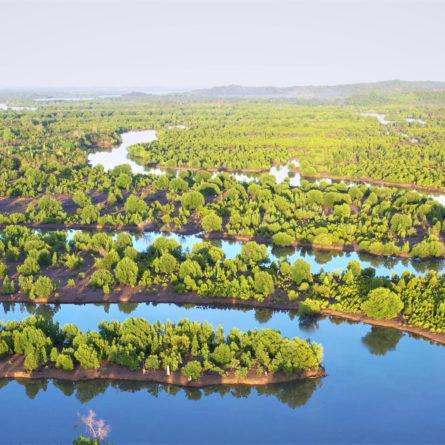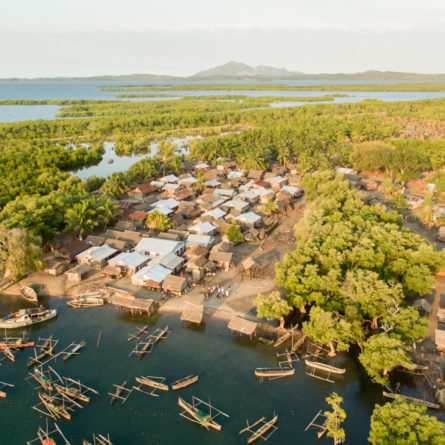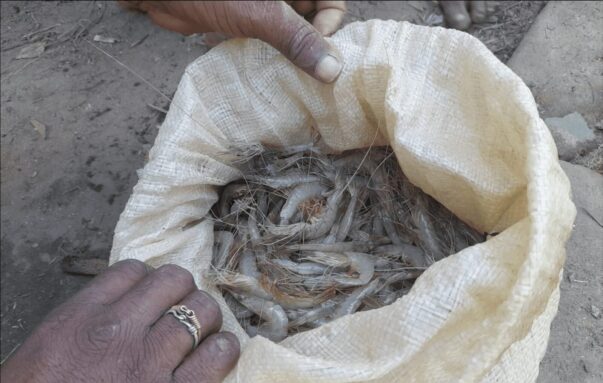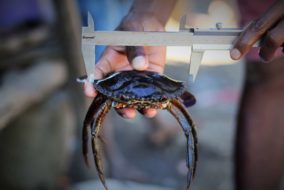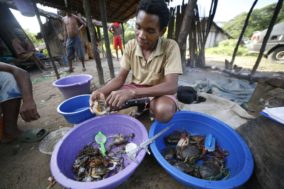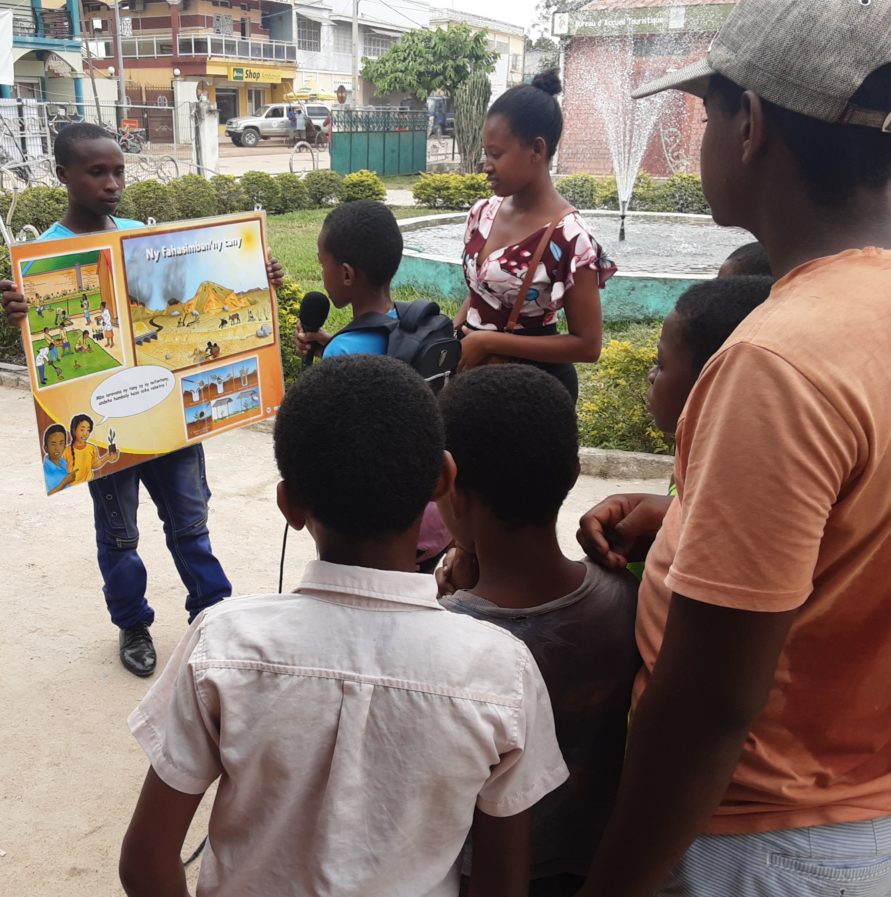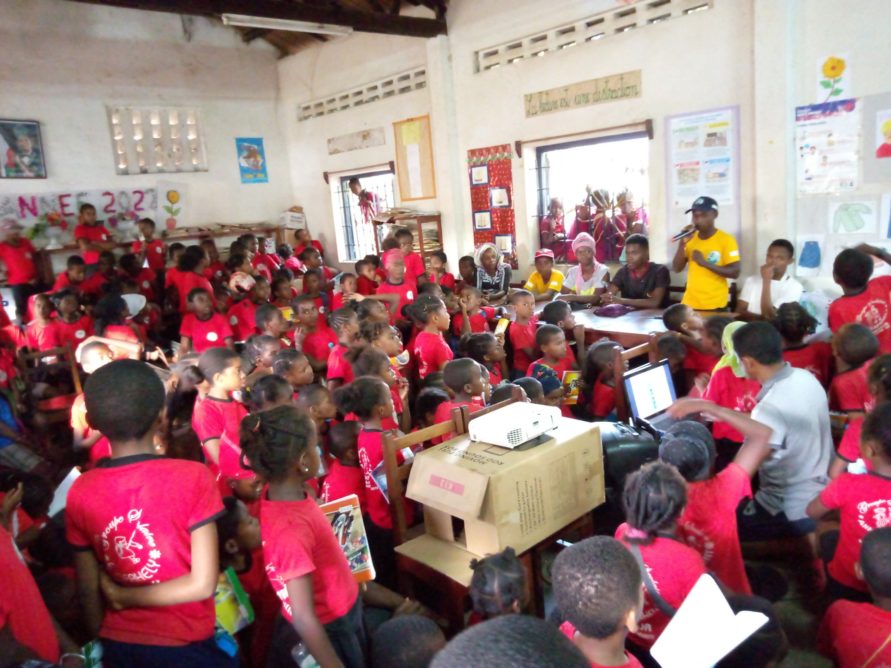This post is also available in:
 French
French
Changemaking through the art of ‘kabary’ speechmaking in Madagascar
This post is the second of a 4-part series featuring the voices of young community leaders from Madagascar. In this second part, Landry Jaofasy, a farmer, tells us how he gradually became a leader in his community for mangrove conservation
Josephine, Landry, Yolande and Gorettie are young leaders who live in Tsimipaika Bay in northwest Madagascar and are part of youth groups that provide training on environmental and community health. They then share what they learn about sustainable management of fisheries and mangroves with other community members, especially fellow youth, women, and small-scale fishers.
Landry JAOFASY, 27, Antsahampano village, farmer
When we conduct awareness-raising activities in our community or lead village cleanups and mangrove replanting, I am often responsible for addressing the crowd. To make sure I’m up to the task, I learned something that is important in Madagascar – the art of ‘kabary’, meaning speechmaking.
Fish, crabs, shrimp, and sea cucumbers are essential marine stocks for people in my village and have declined significantly over the years.
Numbers are improving thanks to our community-based mangrove and fisheries management association (VOI) taking measures such as doing temporary fishing closures and banning night fishing to allow fish to grow and repopulate, making mangrove forests sustainable by replanting, and running patrols to stop tree-cutting.
We must keep raising awareness to remind people why making charcoal from mangrove trees is forbidden and why reforestation activities are essential.
We also need to encourage income-generating activities beyond fishing. These are the messages we try to get across in Antsahampano and other surrounding villages.
I’m a member of my village’s VOI, and this year I was elected president of the monitoring and evaluation committee of the Miaramientagna Federation, which comprises Tsimipaika Bay’s 12 VOIs. This involves me leading a team of 10 people to monitor community conservation activities in the bay. I am excited about the process of working together to record our achievements, challenges and lessons learned.
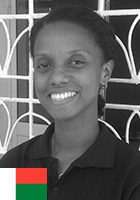 By Felantsoa Ainamahafaly, National Technical Advisor for Education
By Felantsoa Ainamahafaly, National Technical Advisor for Education


